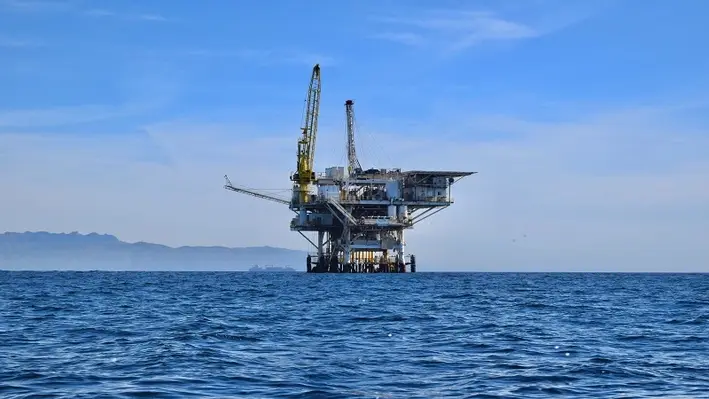 The global slickline services market size is expected to reach US$ 8.23bn in 2025, rising to around USD 12.56bn by 2034 at a CAGR of around 2.79%, according to a new report from Custom Market Insights.
The global slickline services market size is expected to reach US$ 8.23bn in 2025, rising to around USD 12.56bn by 2034 at a CAGR of around 2.79%, according to a new report from Custom Market Insights.
According to the report, the offshore segment is dominating the slickline services market as the demand for well intervention in deepwater and ultra-deepwater oilfields, such as Brazil's pre-salt reserves, is increasing.
The report highlights that as oil and gas reservoirs become deeper and more complex, operators are turning to digital slickline solutions for improved efficiency, data acquisition, and automation due to the constraints of traditional mechanical slickline techniques.
Operators are incorporating fibre-optic slicklines, memory tools, and automated control systems that allow for real-time data collection and predictive maintenance. The evolution is transforming the marketplace, enabling oil and gas organisations to remotely monitor well conditions and minimise operational risks.
Digital slickline solutions offer operators immediate access to well data, enhancing well diagnostics as operators can track downhole conditions more rapidly and with improved accuracy, and enabling better and faster decision-making.
The integration of automation and AI is another notable trend driving the slickline services market, the report notes. Automation improves accuracy, reduces human errors, and improves operational efficiency by minimising the need for human involvement.
Predictive analytics use AI to allow operators to predict which equipment will fail and when, allowing them to optimise timing of an intervention, and thereby saving costs. For example, Total Energies and Shell are deploying AI-enabled monitoring systems during offshore operations to ensure the reliability and efficiency of well intervention activities.
As a result, there has been a trend toward robotic slickline units, especially in more remote and dangerous environments where worker safety is a particular concern.
However, such innovations are expensive, proving a constraint to widespread adoption, especially by smaller service providers. This needs to be balanced against the long-term return on investment through improved efficiency, reduced downtime and more accurate well diagnostics.
In the race for innovation in slickline services, industry giants are now investing heavily in next-generation solutions that promise to reshape the slickline landscape, thus strengthening well intervention around the world.




